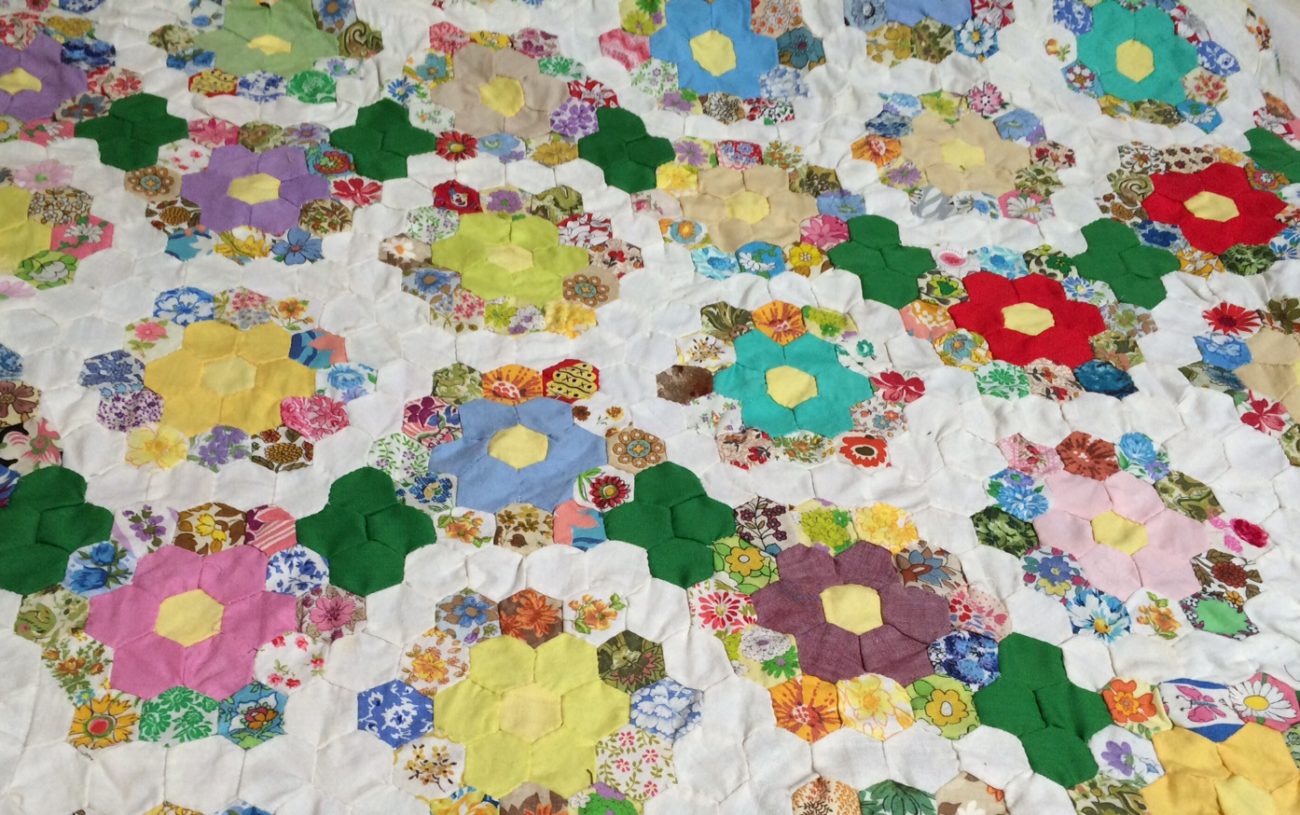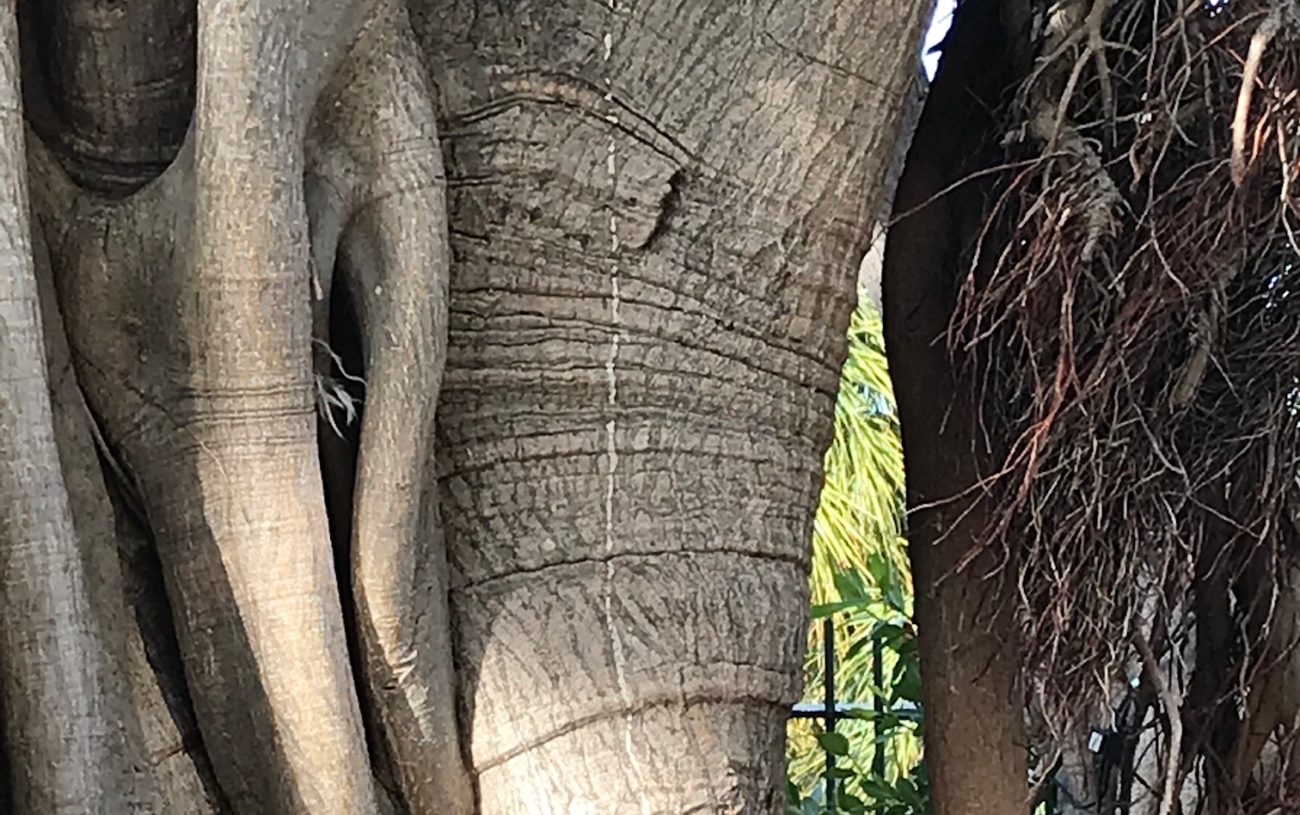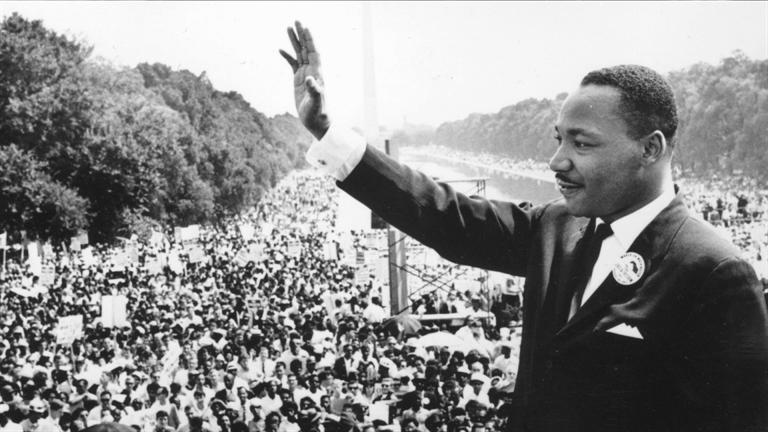Having re-arranged all the furniture in our house so that the rooms come closer to meeting our needs, it’s about time to move on to a bit of web site re-arranging.
As part of the planning process, I’ve been wandering through some of the dustier corners of what’s already here and pondering what needs to be freshened up a bit.
This particular post seemed almost to be jumping up and down for some attention.
So here, with a surprise twist at the end, is Story of a Quilter:
I must admit, with more than a bit of embarrassment, that I considered her somehow frail as I watched the fingers gnarled with the ravages of “arthur-itis” struggle to thread the slender needle known as a “between” through all those years of my childhood. Tying the knot was still another challenge, generally accomplished with that peculiar, frustrated puff of breath that ruffled the wispy hair on her forehead. And yet, the sacred family mythos holds that Elsie Hannah Royce Boardman, my paternal grandmother, raised six children, two orphaned nephews and countless flocks of turkeys, baked 40 loaves of bread a week on a wood burning stove, and once insisted that my uncle carry her to the Baptist church supper on the back of his motorcycle, lest the people of God be deprived of the pies she clutched in each hand on that long, bumpy trip through the cornfields.
As my cousins and I gathered and traded precious scraps of those myths, gleaned over the years, or perhaps it was only as I raised my own child, I somehow came to believe that Elsie must have taught herself to quilt simply so she’d have an excuse to sit down!
When I was a little girl, I got to help. Gramma would come to visit and she’d sort through my mom’s scrap basket, picking bits that caught her fancy. My job was to draw the pieces on the fabric using a very sharp pencil and a scrap of a Cheerios box, cut precisely to the shape of a hexagon. Then out would come the long, sharp scissors and Gramma would reduce the fabric scraps to a lacy honeycomb of my old dresses and bits of curtains and aprons. I felt important.
Years later, as a young mother myself, I decided to learn to quilt. I picked a pattern from a magazine, bought some fabric I really didn’t like, though it was the “right” colors, and began, laboriously, to cut. After a week or so I had a block done. I was frustrated. My fingers were burned from trying to iron what wouldn’t lay flat. And I still didn’t like the fabric!
I looked at my one tidy, borderline ugly block and realized with a shock that I needed 41 more, exactly like it. I put all the fabric away and went back to finish my Bachelor’s degree.
Graduations happened. Years passed. And then a few more. Eventually we moved back to Atlanta. Atlanta has a lot of used bookstores. One day, with a bit of extra time before an appointment, I stopped into one of those bookstores.
I sniffed deeply, breathing in all the books, wandering here and there, just looking. Then, down on a shelf near the floor, I spotted a book that was somehow calling to me, the way books do to some people.
Liberated Quilt-making by a woman named Gwen Marston. I sat abruptly, right on the floor, and started to read. Soon tears ran down my cheeks. Here was a book that understood!
The book understood how hard it is for some people to work with just three fabrics. And how overwhelming it is to make 42 fussy, perfect blocks, all just alike. It understood why many people think quilting is not for them. And then, as I kept reading, I found another way. Lots and lots of fabrics? No problem! Crooked lines? Sure! Lots of different blocks? Absolutely!
And the tears kept running down my cheeks as I realized that I might be a quilter after all!
It took a while. Several classes. A grasp of the importance of ironing as you go. No rules about color. (Well, only a couple!) What kind of thread. How to use a rotary cutter. (Miraculous!)
Mostly what I’ve learned is that I am an artist. That the colors will all work out if you stare at them long enough and throw a couple of extras in. And, if you like wonky quilts with crooked lines, plan them that way.
It turns out that the same is true for painting. And the journey has been much the same, as well.
I am learning again. And these days I’m even painting quilts!
Beyond the tools and tips and techniques and surprises like warped canvas frames, here’s what I love the most…
The primary benefit of practicing any art, whether well or badly, is that it enables one’s soul to grow.
–Kurt Vonnegut, Jr.
It seems to me that our world could use a whole lot of folks practicing art these days!



